Airlines now charge you more if you’re traveling alone than if you’re part of a group of two or more passengers. This isn’t on all routes or all flights. Instead, they’ve quietly introduced new fare rules that require at least a second passenger to be eligible for the cheapest fares.
I first wrote about Delta doing this. Thrifty Traveler finds that it is a new practice at United and American as well.
Aviation watchdog JonNYC shares that American was actually first to do this, and their internal project codename for it is P2 (for two passengers, natch).
…business travels to pay more* than leisure travelers who typically travel in groups or have a weekend stayover, and it’s a pretty core element of AA’s new “pricing strategy”
* the airline would probably rather describe it as discounting for leisure travel 😉
— JonNYC (@xJonNYC) May 29, 2025
one person adds “I would be pretty surprised to see DL or UA put it in somewhere AA didn’t initiate it (not to say it couldn’t or hasn’t happened.)”
— JonNYC (@xJonNYC) May 29, 2025
In some cases, you can pay 70% more – and even higher – if you book a ticket for yourself than you would pay for each passenger when two people travel together on the same reservation.
Here’s What This Looks Like
Google Flights shows the cheapest fare for two passengers flying from Charlotte to Fort Myers at $422:
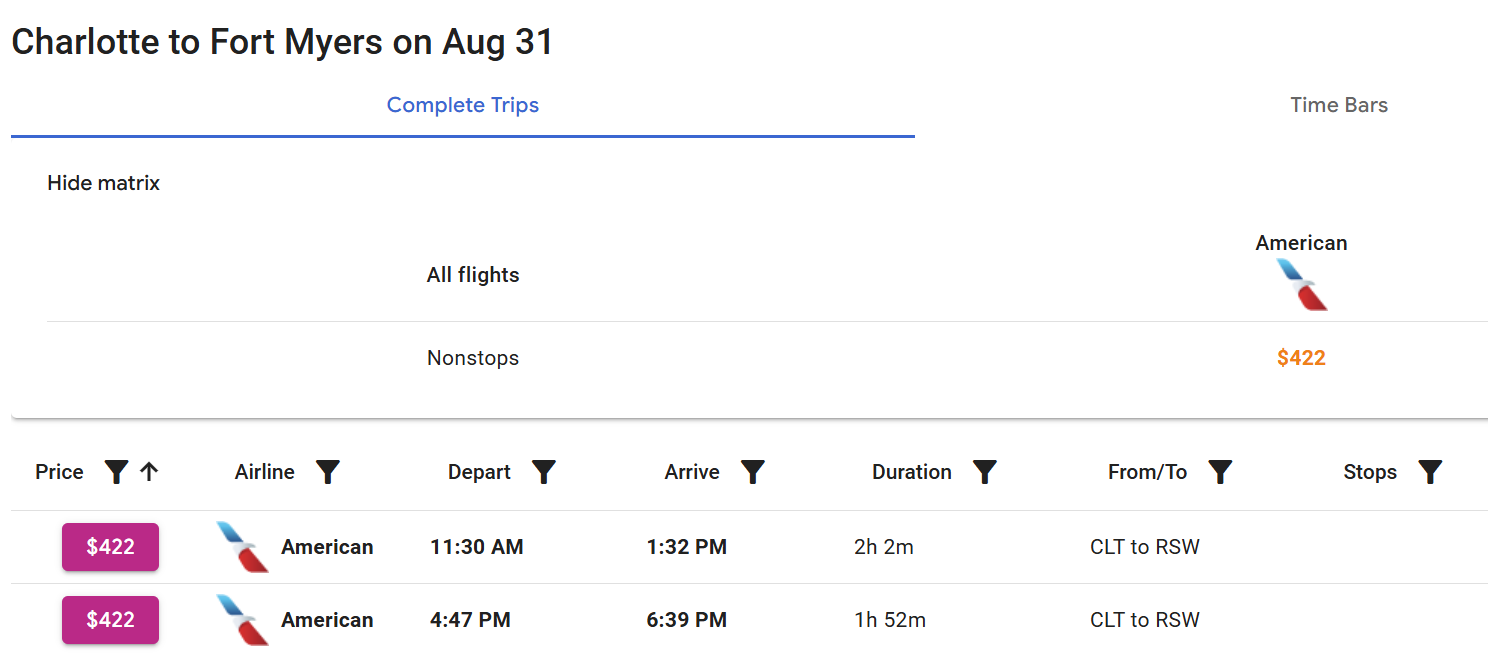
Two passengers traveling together, though, could pay as little as $210 apiece.

In this case even if one person was flying alone, booking two passengers would be cheaper by $2 than buying just one ticket! You’re paying a surcharge of $212 to fly alone.
Why Airlines Are Charging Higher Fares To Solo Travelers
Airlines try to charge more to business travelers than to leisure travelers, and they think that business travelers are much more likely to travel alone on a reservation. Or, at least, they believe that business travelers do not fly together on the same reservation so they can offer the cheapest fares when more than one passenger books together and avoid giving the cheaper fare to a business customer whose employer is paying.
American Airlines launched their devalued AAdvantage Business program with the restriction that you could only receive credit for flights if you were alone on the itinerary. They hard-coded the logic that more than one passenger on a reservation meant that it was a leisure trip, not a business trip. Business travel is more likely to be ticketed separately, even if employees are traveling to the same place at the same time.
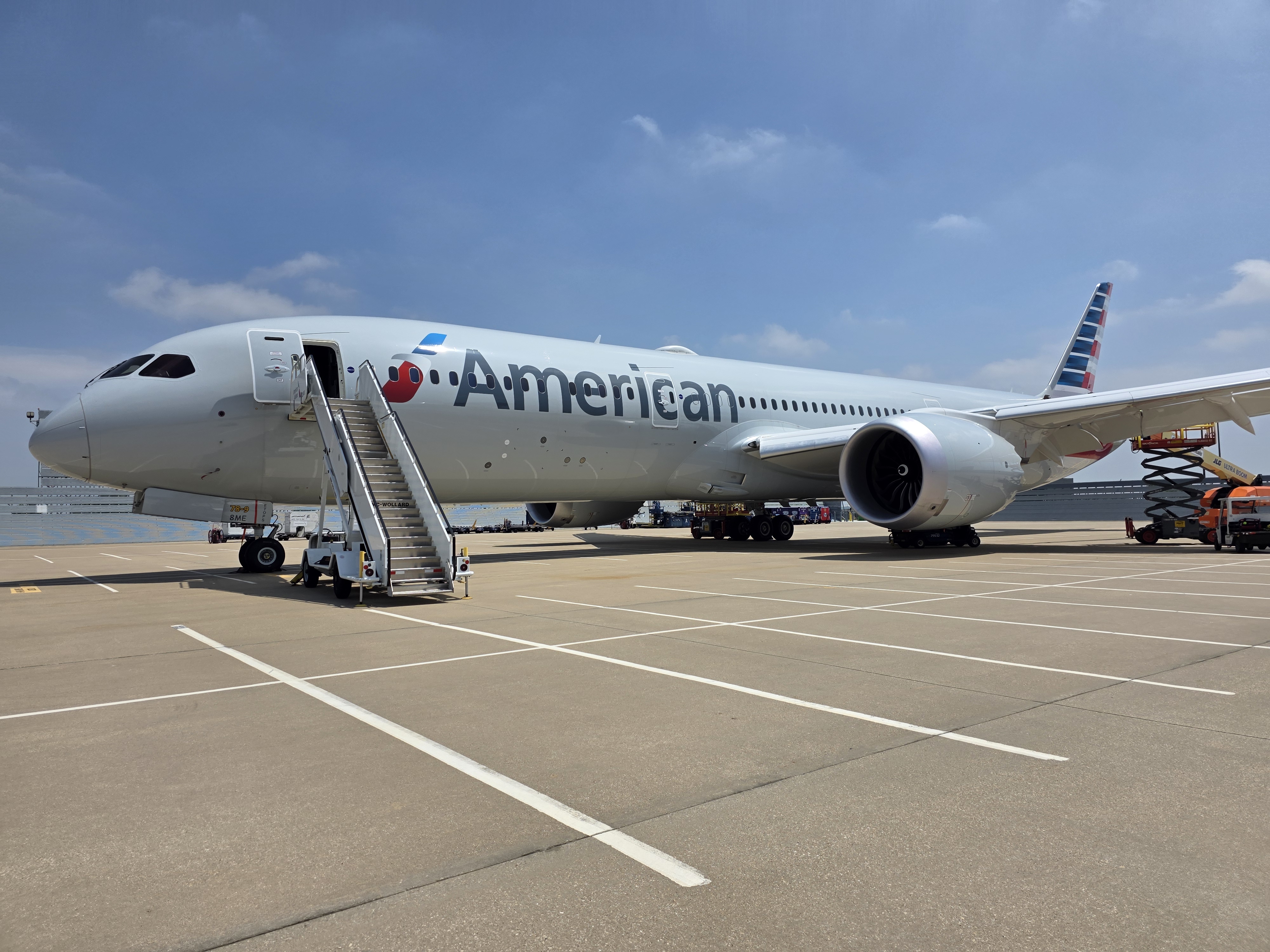
How Airlines Charge You As Much As You’re Willing To Pay
Airlines have done more than just about any industry to price discriminate, charging different amounts to different customers.
- They will take almost anything for a seat they are going to fly anyway but that would otherwise go unsold. The cost of adding an extra passenger to a flight is almost zero (very little extra fuel, catering and compute). Meanwhile, once a plane takes off with a seat empty, that seat can never be sold again.
- But they don’t want to sell the seat for less than someone is willing to pay. If a customer will pay $499 for a seat, there’s no reason to sell it for $99.
- So they want to sell for $99 to the most price-sensitive customers, while selling the same product to less price-sensitive customers for $499.
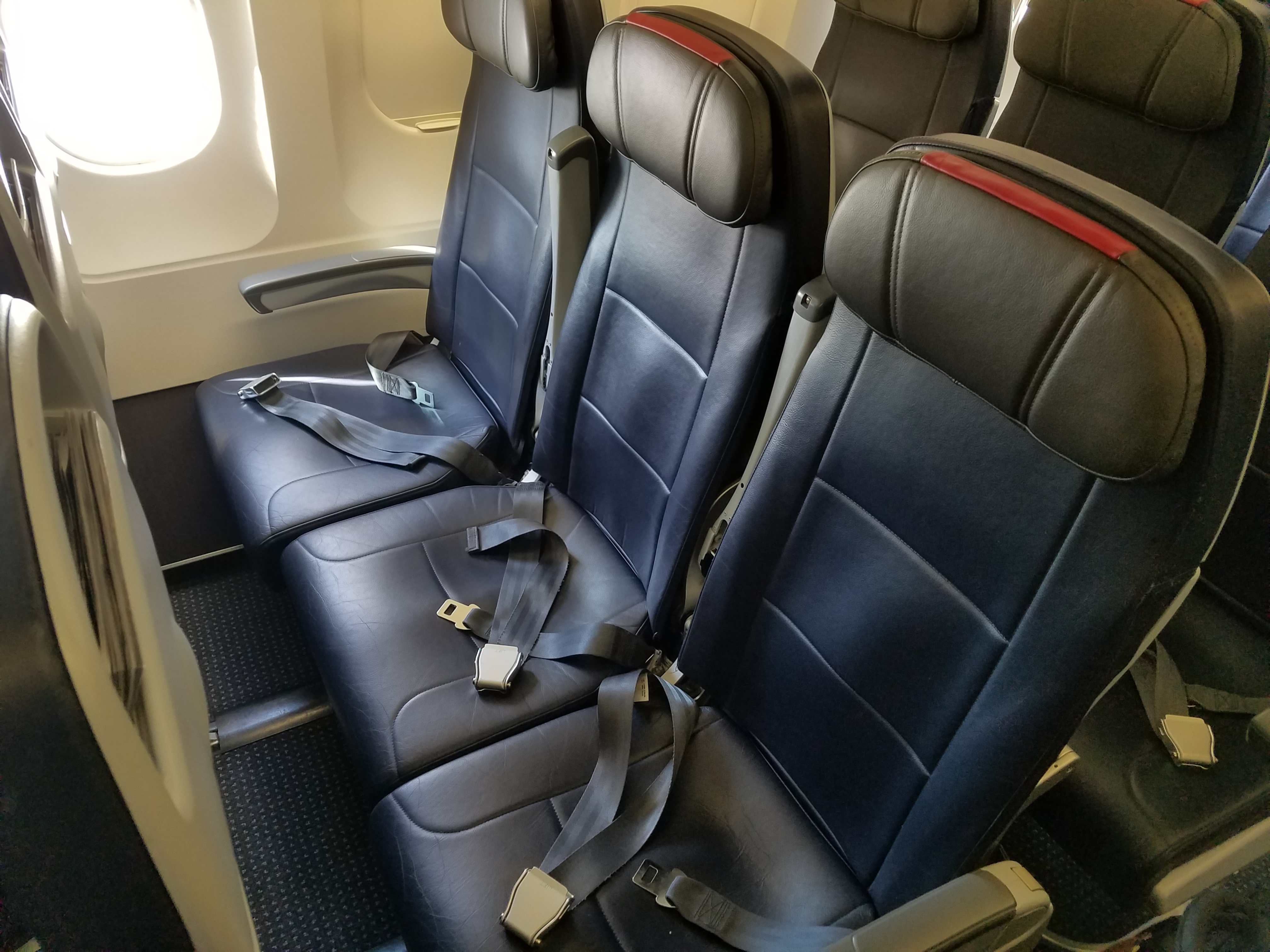
The simplest way to differentiate price-sensitive customers from price-insensitive ones is to draw a circle around leisure travelers and business travelers.
Leisure travelers paying out of their own pocket may be very attuned to price. They’ll fly if it’s cheap, won’t fly if it’s expensive, and adjust their trip to get the lowest price. That’s not true in every case, but it mostly works.
Business customers, flying on Other Peoples Money, do not usually care what a ticket costs (small business owners are more commonly like leisure travelers). They care more about schedule than price, suffer from principal-agent problems where they’ll pay more to get their preferred miles since it’s someone else’s money, and there’s usually a theory about how the trip creates more value than it costs – usually by a lot.
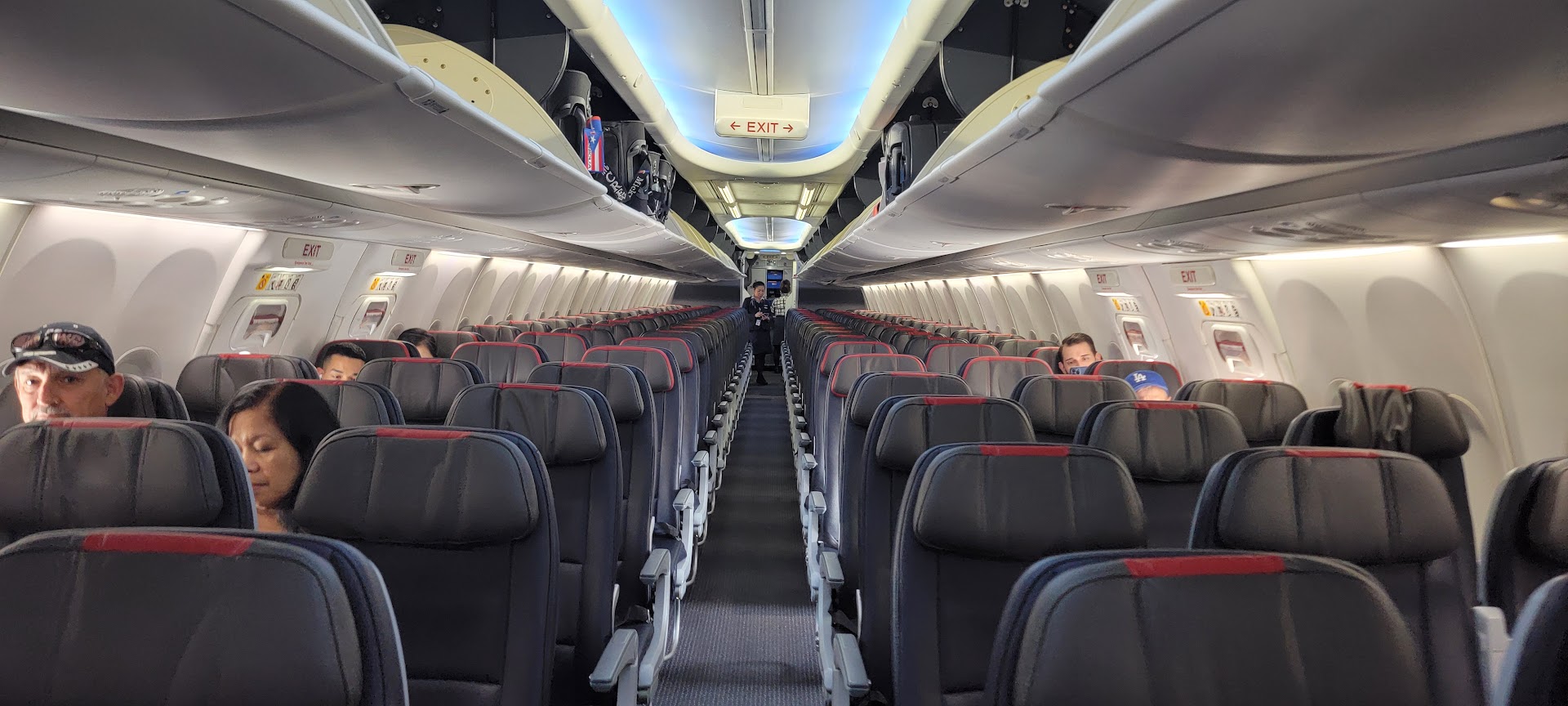
Historically, airlines separated out leisure travelers (to offer cheap fares to) and business travelers (to charge exorbitant prices to) based on things like Saturday stays, roundtrip requirements, and advance purchase rules. Those largely went by the wayside for domestic itineraries as ultra-low cost carriers gained prominence and didn’t impose those restrictions. Airlines couldn’t hold price for last minute business travelers when discounters offered the same itineraries cheap.
So airlines came up with basic economy to segment their customers. Price-sensitive customers get inflexible tickets, boarding last so they waste time gate checking carry-on bags and have to sit at baggage claim, and get the worst seat assignments. Meanwhile, business customers pay more and get the usual experience they expect.
Now they have a new tool in their toolkit – solo traveler surcharges, or technically just excluding solo travelers from eligibility for the cheapest fares (on some routes).
What New Airline Pricing Means For You
This new pricing strategy doesn’t yet exist on all routes or all flights. But if you’re traveling with friends or family, you will want to search for fares both with one passenger in an itinerary and with two passengers to see whether it is cheaper to book together.
Traditionally it was cheaper to book separately because there might be only one seat left at the cheapest price and everyone in a reservation has to have the same fare. That meant two people traveling together would both be charged the higher fare, rather than one having the cheaper price and the other ticket being more expensive.

Now, to be eligible for the cheaper fare – since the requirement for a companion in the reseration is now written into some fare rules – passengers have to be traveling together.







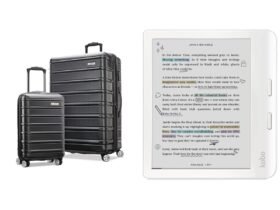

Leave a Reply